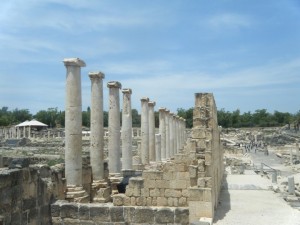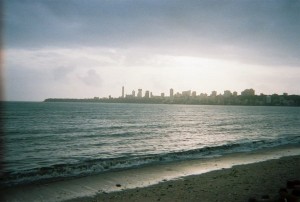What is the definition of poverty? What does it mean to be poor in today’s modern world of multi-car families and HD television sets? Does poverty have the same effects all around the world?
Apparently, no. Poverty can be easily recognized when you look at the pain-stricken face of a hungry child. Or at a despairing mother that can’t feed her children. But I’ve learned that poverty can go deeper. Much much deeper. And it can be hard to notice if you don’t know what you are looking for.
In Bolivia, the average annual income is $1,460 American dollars, which means that families tend to live on roughly $1,460 dollars per year. Children might not have enough food to eat or be given unhealthy food that doesn’t have the nutrients they need.
You might not see a pain-stricken face of a child in Bolivia: instead the reality of poverty might be seen in different ways. For example, when a child doesn’t have enough to eat (or highly nutritious foods), they will have difficulty paying attention in school. This can lead to lower literacy rates, math skills, and so forth. In time the cycle of poverty might not easily be broken.
It’s important to work towards the end of poverty in a holistic way (and with local community leaders). Knowing how to unravel the puzzle of poverty will help us to deliver sustainable methods in ending its cycle. It is my prayer that God continues to guide me (and the World Vision team) to understanding poverty in Bolivia and the world.
Check out how you can help end poverty in Bolivia.


